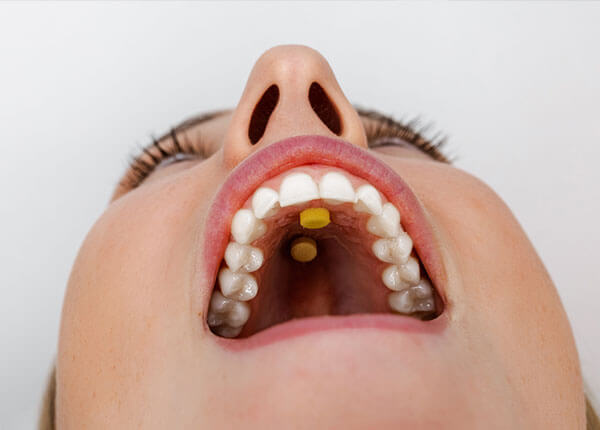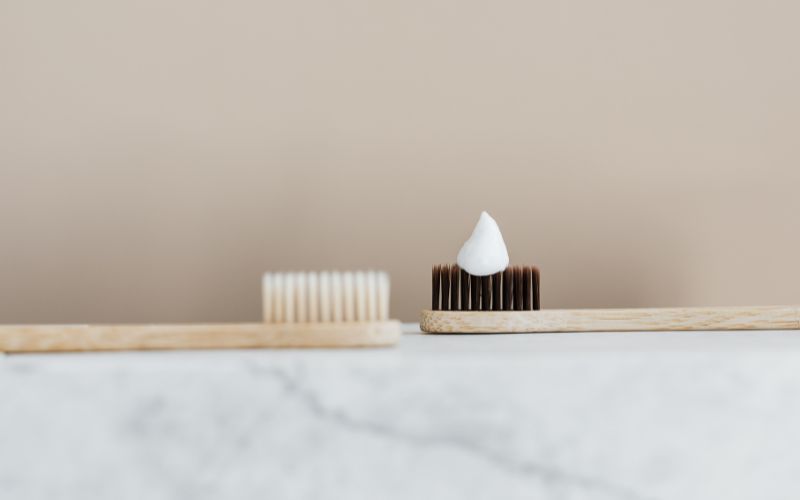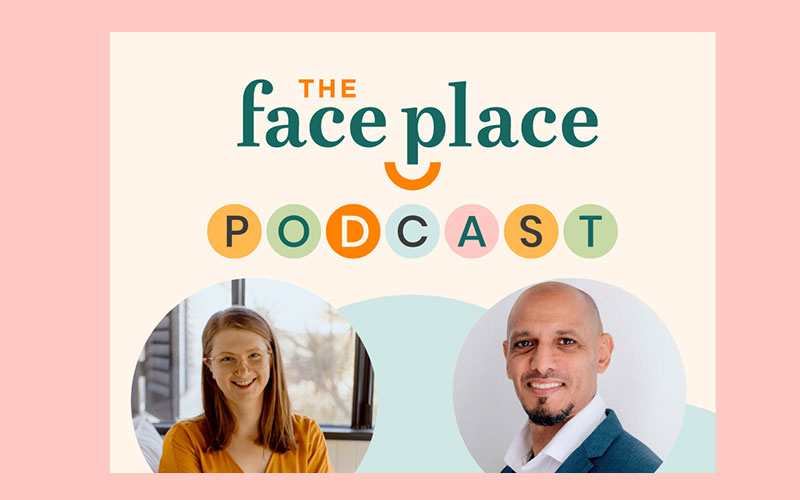Tongue elevation exercises help you breathe better during your sleep.
Why breathing through your mouth is bad for your health?
- Habitual mouth-breathing is one of the common causes of sleep-breathing difficulties (e.g; snoring and obstructive sleep apnea), where during sleep the mouth remains open and the mandible drops backwards causing the soft tissue (including tongue) to collapse the airway.
- Growing the habit of nasal breathing during daytime translates into a night habit and the person will be trained to sleep with his/her mouth closed.
It all starts with your tongue!
Tongue posture and breathing pattern.
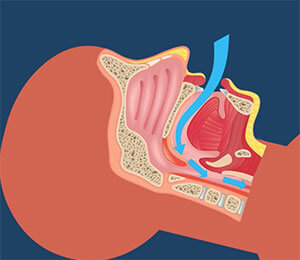
In mouth breathing the tongue sits low in order to allow for the passage of the air to the lungs through the mouth. This results in air turbulence during sleep and causes snoring. Furthermore, since the tongue sits low, it can fall backwards during sleep and partially or completely block the airways, resulting in sleep apnea.
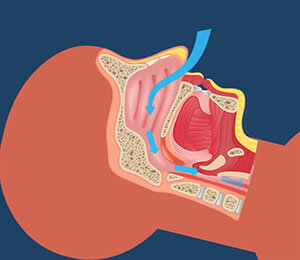
On the other hand, when the tongue rests against the roof of the mouth it blocks the oral air passage to prevent breathing through the mouth and promotes nasal breathing. The elevated tongue posture also prevents the tongue from falling back during sleep to block the airways.
What are Myospots and how do they work?
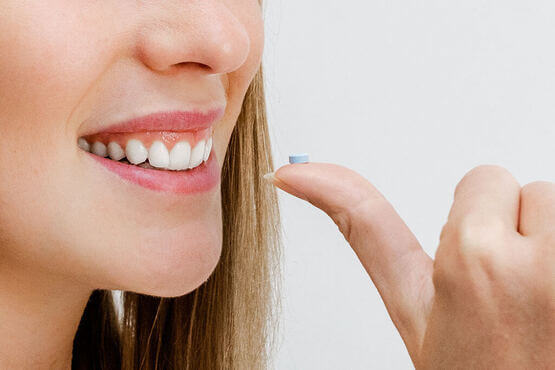
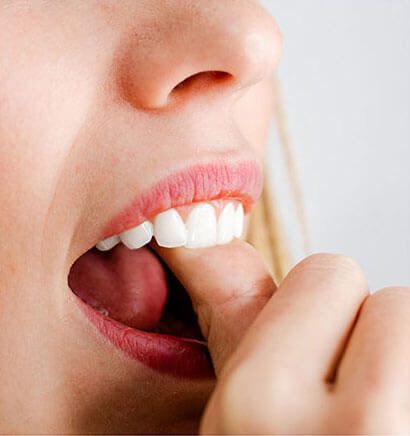

- Myospots are small, dissolvable, adhesive pads that adhere easily to the roof of the mouth by gently forcing them with your thumb against the hard palate (2-3 mm behind the two front teeth).
- Once adhered, the spot stimulates your tongue involuntarily and unconsciously to elevate and touch it. It acts therefore as a tool to GUIDE and REMIND your tongue. It GUIDES the tongue to the correct spot (where it needs to elevate and rest on the roof of the mouth) and it also REMINDS the tongue to keep elevating until the spot is completely dissolved under the effect of saliva.
- Each spot takes 45-50 min to dissolve completely, providing almost 1 hour of extensive tongue exercise with each spot.
- Using 2-3 spots every day for 8 to 10 weeks helps in creating a tongue elevation habit that is associated with a lip seal and nasal breathing.
- Furthermore, the gentle pressure exerted by the tongue on the surface of the hard palate provides good resistance exercise that results overtime in increasing tongue muscles strength.
- This tongue strength is needed to maintain normal swallowing and speech functions and to maintain patent airways while awake and asleep.
- The gentle pressure exerted by the tongue while resting on the palate induces the natural expansion of the maxilla, particularly in young children.
Please note the following when attaching the spot to the roof of your mouth:
Myospots are not sticky and this is why they do not stick to each other in the container or to your fingers when you hold them. Myospots are made of hygroscopic materials that tend to absorb moisture quickly from the surroundings, this is how it adheres to the palate, since it sticks easily to wet surfaces under the moisture effect.
If the roof of the mouth is too dry (which is the usual case in chronic mouth breathers) the spot will not adhere easily. If you find it difficult to adhere the spot to the roof of your mouth, please try the following: take a sip of water before using the spot, and moisten the roof of your mouth with the tip of the tongue for a few seconds, then apply the spot. If your child is the one who is doing the exercise, make sure when they start elevating the tongue not to force the spot off, but to press over it with tongue surface.
FAQs
Myospots are a unique and popular new tool for tongue elevation exercises that can treat mouth breathing fast. Myospots can help improve the following range of conditions:
https://www.healthline.com/health/mouth-breathing
- Mouth Breathing
- Snoring
- Sleep Apnea
- Bad Night’s Sleep
- Tongue Thrust
- Tongue Tie (post-surgery rehab)
- Dysphagia
- Digit Sucking in kids
- Speech Disorders
Backed By Research
Myospots are listed as class-1 medical device with Australian
Register for Therapeutic Goods (ARTG-326829) and have a European GPSD (General Product Safety Directive) certificate.



